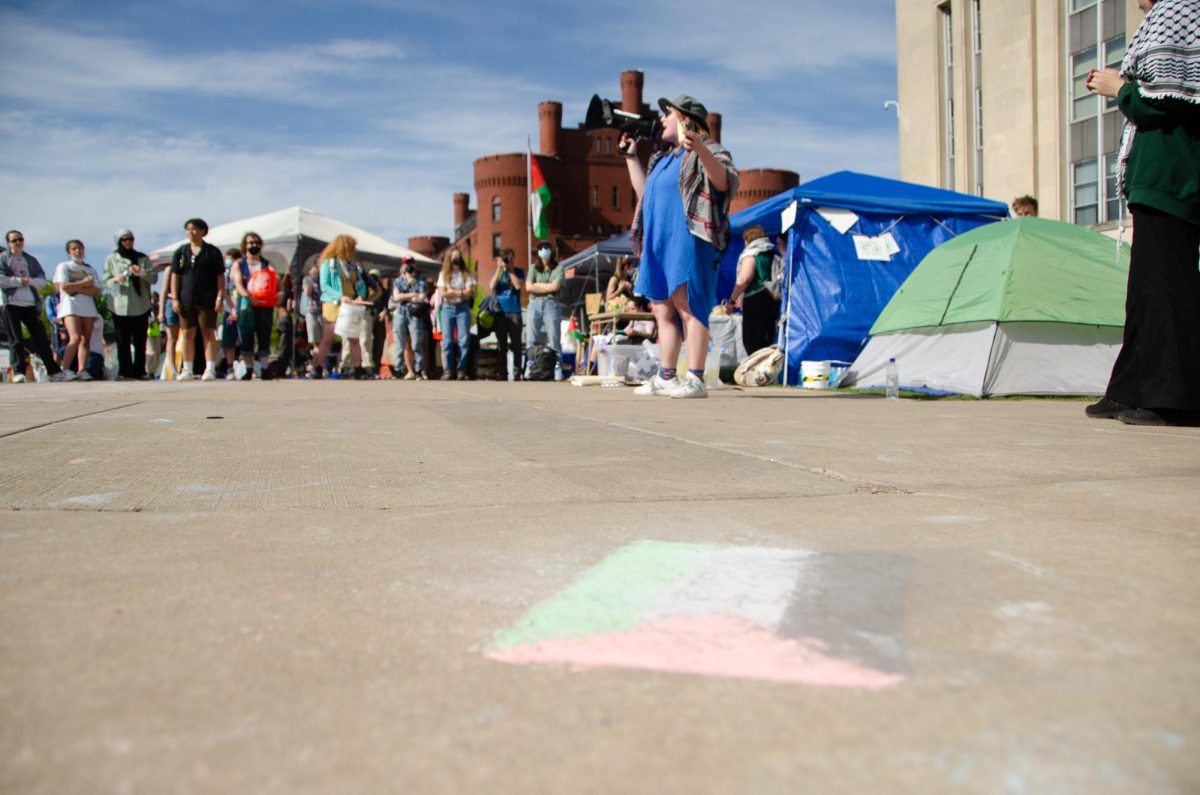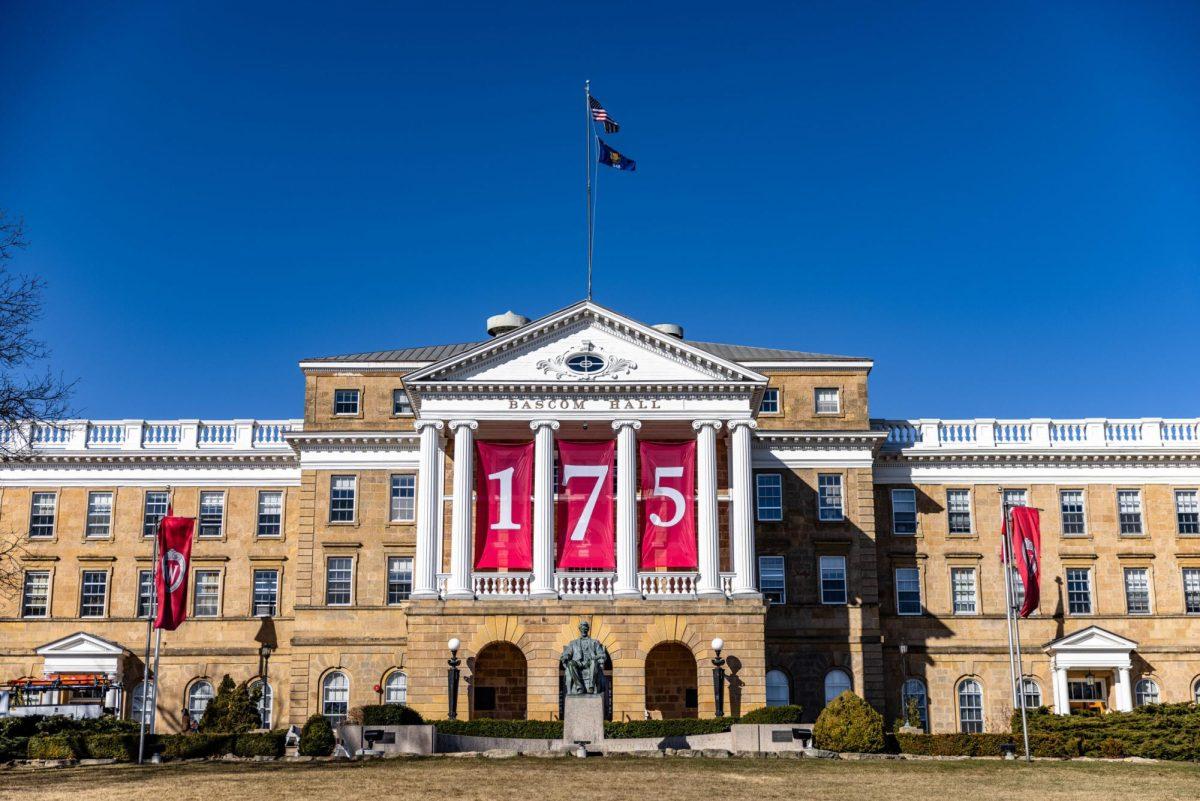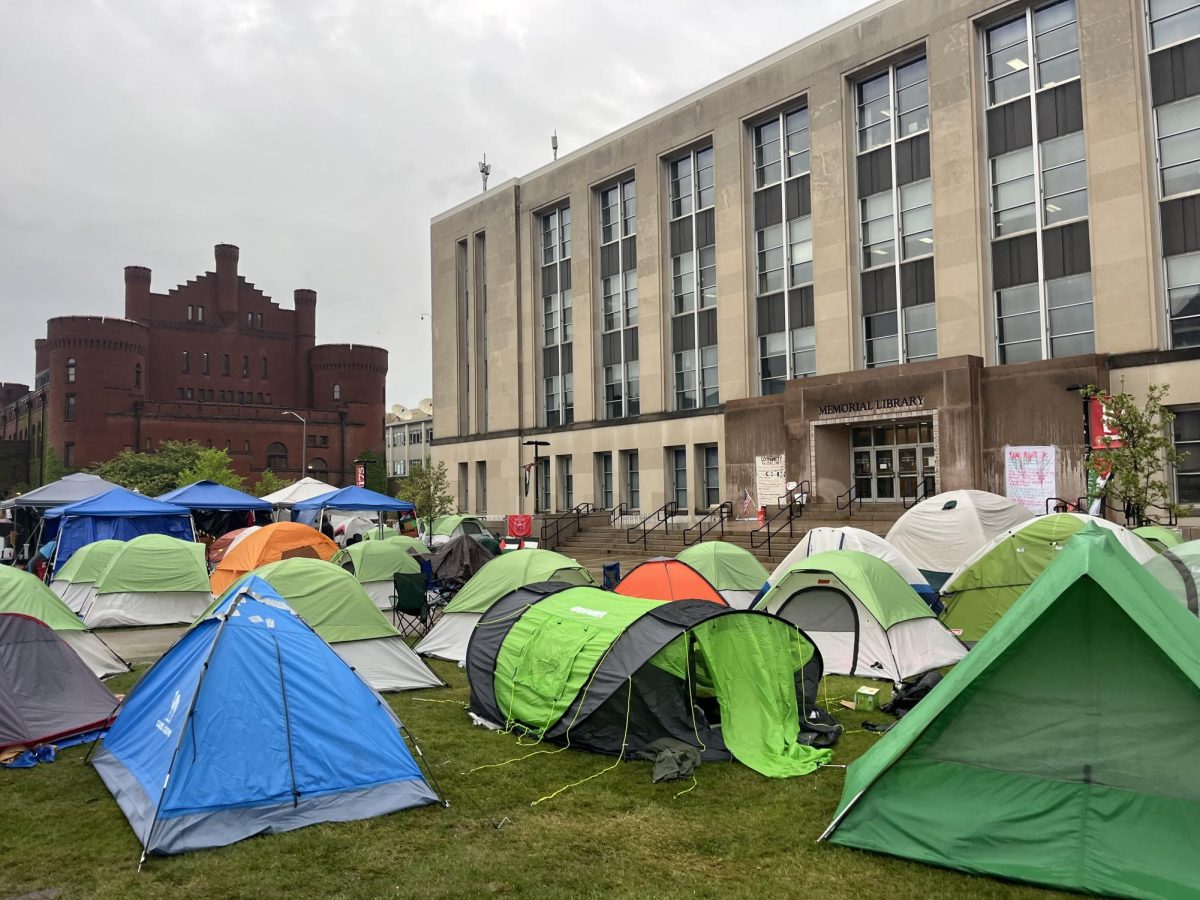In the 1960s, social change and student activism – both violent and non-violent – defined the University of Wisconsin campus, and now that history echoes weakly as attendance dwindled at the Mifflin Street Block Party this weekend.
Evan Stark, now a resident of New Haven, Conn., was one student who experienced and was a part of the political movements of the ’60s. In an interview with The Badger Herald, Stark, now a professor at Rutgers University, recounted his time at UW during the protests, a time filled with volatile rallies and brushes with the police.
Stark said he had already been involved in influential protests at UW when the Dow Chemical protest made history. Recruitment on campus upset students because Dow Chemical was the company responsible for making napalm for the war in Vietnam. The protest put UW on the map, though Stark said it was one in the line of many.
“Protest was pretty much continual from ’65-’67,” Stark said. “The recruitment of Dow Chemical was an issue, but it didn’t really stand out except as a convenient target.”
Prior to politics and activism becoming the forefront of activity on campus, Stark said there was a divide between the students from the East Coast and those from the Midwest. For the first time, both of the groups were together exchanging feelings and coming together.
In 1966, the student government found out the university was handing over students’ grades to the draft, which led to a sit-in. Stark said the draft brought a lot of mainstream students into the fold that had not been there previously.
“The draft was very significant because it obviously created a very deep self-interest,” Stark said. “Especially for people who might not have been aware of or certainly not against the war up to that point. Students who had never spoken publicly got up and talked, not just about the war, but about their lives.”
While he had been politically active in other parts of the country, Stark said there was something special about the Madison campus in the 1960s.
Madison was a different place because of “whole communities of radicals, not just a handful,” Stark said. He added there were many different subsets of people who were involved in a variety of “very exciting” activities.
Stark said he had informants in the Madison Police Department. Another incident that led to protest occurred when Stark’s informants in the department informed him one of the deans had been secretly meeting with the Madison police chief without the current chancellor’s knowledge. The students then began to protest the presence of Madison police on campus.
He added Dow was dramatic, but it really was not so different from what they were already doing.
The Dow Chemical protest started on Bascom Hill. There was a performance theater group called the San Francisco Mime Troupe that announced the protest against Dow and led the group up Bascom Hill with trumpets and drums, Stark said.
Stark said about 300 people went inside Ingraham Hall, and those who did not want to get arrested stayed outside. Stark estimates it was anywhere from 1,000-3,000 people who were outside the building.
Stark, who said he had bodyguards with him, went to meet with then-Chancellor William Sewell to negotiate about Dow, but he said a settlement was not reached.
During the protest, the police attacked the protesters with tear gas and long clubs, he said.
But despite this, Stark said he was never in danger. The captain of the freshmen football team, Kim Wood, stood in front of Stark, trying to talk police out of violence, but Stark said Wood took the brunt of a police hit. Stark said the football team joined in on the protests after an incident where a black player was kicked off the team for coming late to practice and missing the team picture because his mother was sick.
When the tear gas was getting unbearable, Stark escaped Ingraham Hall and walked across the street to Social Sciences. In the midst of the chaos, he said he decided to go up and check his mail. What Stark found next was a group of professors looking out the window at the riot and cheering on the students.
“The protest that night changed,” Stark said. He said the shift went from getting Dow off campus to police brutality.
Stark said he was not interested in that cause, so he grabbed his disguise and his girlfriend and drove off campus, and from there he spent time dodging police.
The next day Stark was expelled from UW, but he said he voluntarily left before he was expelled. He fled to Canada. Stark then took a job with the Canadian government and continued to lead sit-ins at universities, which he said “reinvented” him.
After three months, Stark returned to the U.S. and went to the University of Minnesota, where he tried to finish his PhD. However, his efforts did not last long because he said the FBI was following him from Madison.
“They kept me from getting any kind of employment,” Stark said. Stark could not afford to continue with school without a source of income.
Stark stayed in Minneapolis for a couple of years, where he became the head of a center involved in a poverty program. He also ran a series of community centers and anti-war sit-ins at the the university before moving back east.
One of the Armstrong brothers, who were responsible with two others for the Sterling Hall bombing in 1970 that killed a university physics researcher, was underground in Minneapolis at the same time Stark was there. Stark said he ran into him a couple of times.
Stark said he also had a couple of brushes with the police, once when he was involved in a car accident. He hit a deer with his car and when the police showed up, they looked through his pockets. He said luckily his things had been scattered all around because of the crash and he was never identified.
Stark’s luck soon ran out when he and his wife attended a play with an old professor in Madison. The play was about fascism and militarism, with actors dressed up as police officers walking through the aisles pretending to arrest audience members.
“You’re under arrest,” Stark said he heard from men in uniform, but he ignored it.
Unfortunately for Stark, they were real police officers and he was taken to jail, but was bailed out by his professor.
“Madison was the most exciting place to be in the U.S. during that period,” Stark said. “People who were there remember the experience of the protest,” he added.
Now Stark lives in New Haven, Conn., with his wife. He has four children who are all out of the house. He is the director of the Public Health Program and a professor of public administration at Rutgers University.
He shares a department in the School of Public Health at New Jersey Medical School and does research and forensic work focused on violence against women. He has done research at Yale University and is a forensic social worker, and part of his work includes murders connected to domestic abuse.















